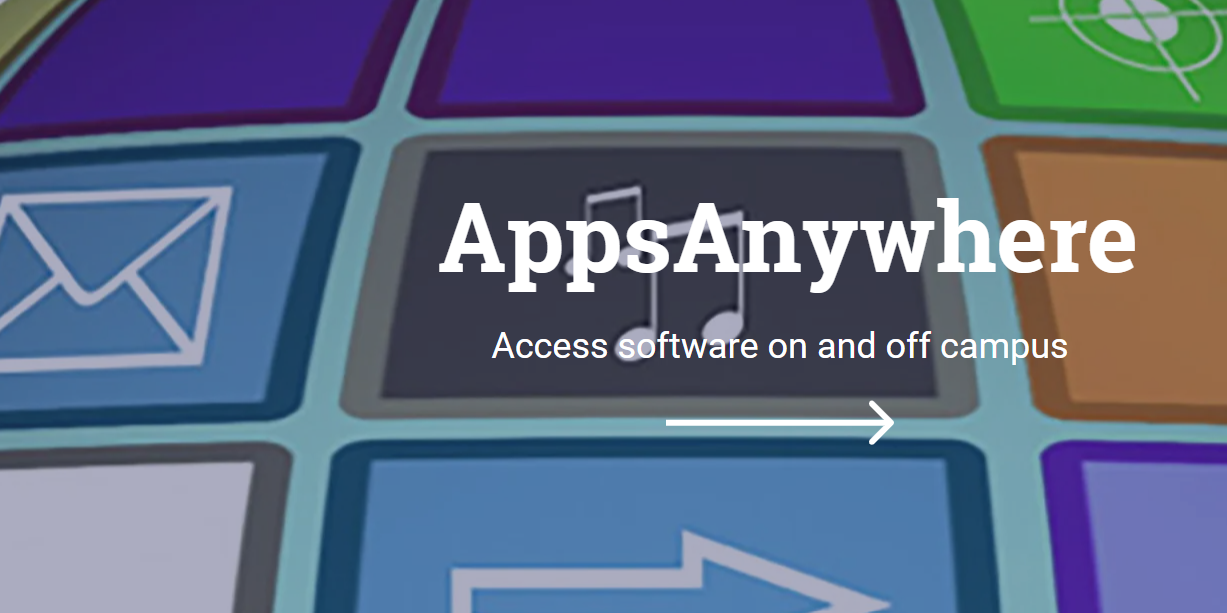
Visual Stress
What is Visual Stress?
Visual stress refers to a sensitivity that can cause discomfort while reading—especially during extended periods. This may include symptoms like blurring, movement of text, or headaches, and can affect how information is processed visually. While it often appears alongside other learning differences such as dyslexia or dyspraxia, it can also occur independently.
Students who experience visual stress often benefit from innovative adaptations that support their comfort and focus, such as coloured overlays, screen filters, or tailored lighting environments. When these strategies are in place, learners can unlock their full potential—applying their strengths in areas like creative thinking, spatial awareness, and problem-solving with greater ease. With the right support, reading can become a more accessible and empowering activity, allowing students to thrive academically and beyond.
Visual stress can affect how text is processed, leading to experiences such as eye strain, headaches, or visual distortion when reading. This may make tasks like sustained reading, proofreading, or timed writing more demanding. However, many students with visual stress demonstrate remarkable resilience, persistence, and ingenuity, often developing tailored strategies that allow them to work effectively and comfortably.
By the time students reach university, they may have crafted unique methods that suit their personal style, such as using:
-
Coloured overlays or tinted lenses, which can reduce discomfort and noticeably improve reading speed and clarity
-
Alternative paper colours and writing tools like bold pens to enhance legibility
-
Short, focused working sessions with regular breaks to maintain concentration and reduce fatigue
-
Natural lighting and adjusted environments to minimise visual strain caused by artificial lighting
-
Sans serif fonts (e.g. Arial, Tahoma), increased spacing, and larger font sizes to ease reading flow
-
Technology tools, such as:
-
Scan & Translate apps that read text aloud
-
Customised screen settings to reduce glare and improve contrast
-
Speech-to-text software to reduce reliance on extended handwriting
-
Visual stress may impact reading and handwriting speed, spelling accuracy, and performance under timed conditions, but with awareness and the right accommodations students can demonstrate their true potential.
Importantly, many students with visual stress excel in problem solving, creativity, and independent thinking, applying these strengths to overcome barriers and contribute meaningfully to university life. Their lived experience brings valuable insight into inclusive learning practices and fosters a culture of adaptability and care.
Visual stress
Visual stress is an important and often overlooked challenge for university learners. It can cause symptoms like headaches, eye strain, blurred or moving text, and difficulty concentrating while reading. While it’s not classified as a learning difference, it can significantly impact academic performance, especially in reading-intensive environments. See some external support links here.
Dyslexia UK – Visual Stress / Irlen Syndrome
-
Explains the perceptual nature of visual stress and its symptoms.
-
Discusses environmental triggers like lighting, contrast, and patterns.
-
Offers guidance on using coloured filters, alternative paper colours, and ergonomic tools to ease discomfort.


/prod01/wlvacuk/media/departments/digital-content-and-communications/images-2024/Architecture-students-tree-planting.png)
/prod01/wlvacuk/media/departments/digital-content-and-communications/images-2024/250630-SciFest-1-group-photo-resized-800x450.png)
/prod01/wlvacuk/media/departments/digital-content-and-communications/submitted-news-images/Way-youth-zone-August.JPG)
/prod01/wlvacuk/media/departments/digital-content-and-communications/images-2024/Arthi-Arunasalam-teaser.jpg)
/prod01/wlvacuk/media/departments/digital-content-and-communications/submitted-news-images/Muslim-woman-playing-football.jpg)
/prod01/wlvacuk/media/departments/digital-content-and-communications/submitted-news-images/Business-School-800x450.jpg)
/prod01/wlvacuk/media/departments/digital-content-and-communications/submitted-news-images/University-of-the-Year.jpg)

